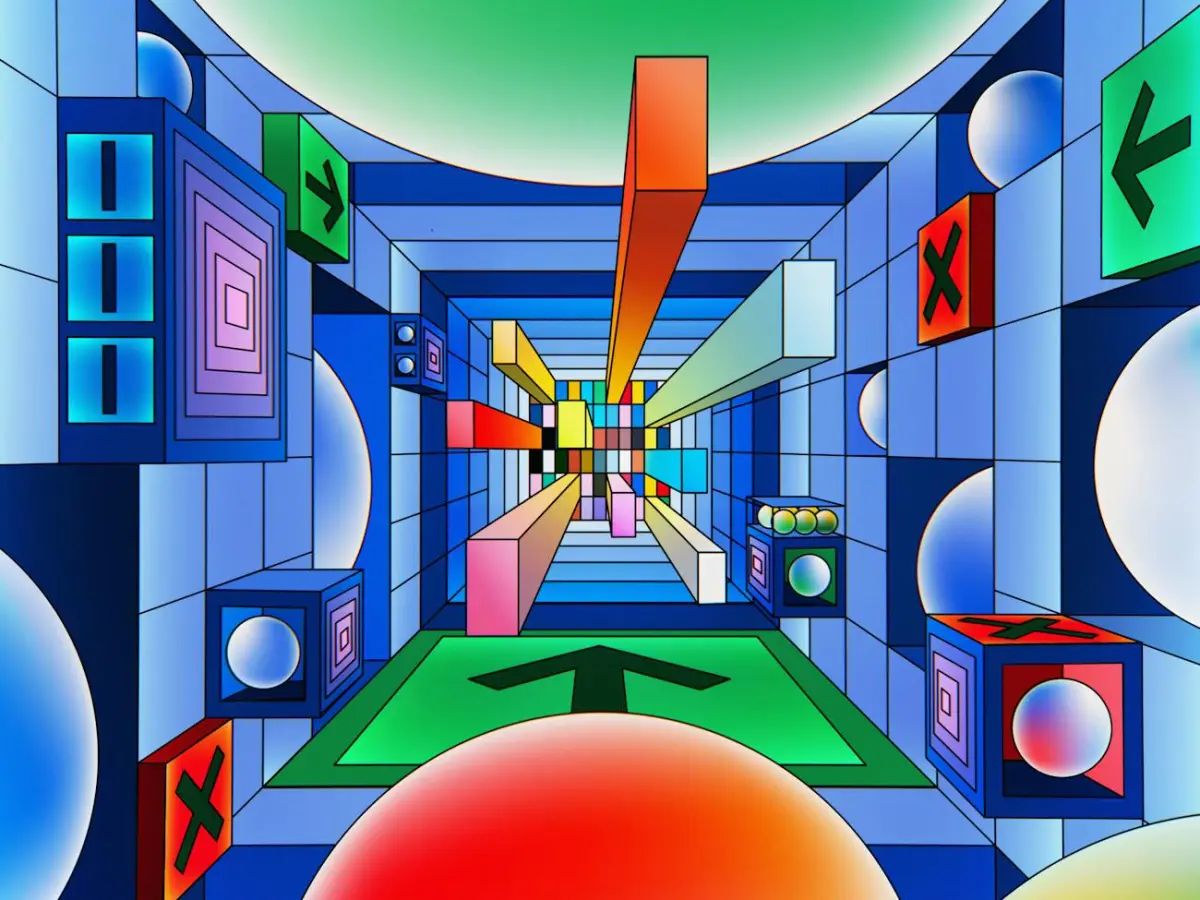
For over 75 years, Penguin Classics has played a pivotal role in defining the literary canon. Since 1961, its Modern Classics offshoot has broadened this scope, celebrating contemporary works alongside timeless texts. But the question remains: what makes a book a classic?
Declaring a book a “classic” invites both admiration and debate. It elevates a work into the literary pantheon, but it also raises important questions about who decides its status, why it matters, and whether these criteria hold universal value.
Defining a Classic: Timelessness and Universality
At its core, a classic is a work of enduring significance—one that transcends its time of creation and continues to resonate across generations. This resonance can stem from:
• Universal Themes: Classics often explore human experiences, emotions, and questions that remain relevant regardless of era or culture. For example, Pride and Prejudice examines love, social status, and personal growth, topics as pertinent today as in Jane Austen’s time.
• Innovative Form or Style: A classic may also break new ground in form, language, or narrative technique. James Joyce’s Ulysses challenged conventions of storytelling, influencing countless writers since.
• Cultural Impact: A classic is often woven into the fabric of a society’s intellectual or artistic history. Works like Chinua Achebe’s Things Fall Apart provide profound insights into colonialism and its effects on African identity, making them essential cultural touchstones.
Who Decides? The Role of Publishers Like Penguin
Penguin Classics and its Modern Classics imprint act as curators of the literary canon, deciding which books deserve the label. While this role is invaluable, it’s not without controversy. Critics argue that:
1. Gatekeeping and Subjectivity: Who determines literary merit, and whose voices are amplified? Historically, the canon has been dominated by Western, male, and Eurocentric perspectives, often marginalizing other traditions and identities.
2. Market Influence: Publishers balance artistic merit with marketability. Is a book included because it’s a true classic, or because it will sell?
Penguin Classics has made strides in recent years by diversifying its catalog, featuring voices from different cultures, languages, and experiences. This shift helps redefine what “classic” means in a more globalized world.
Modern Classics: Redefining Timelessness
The Modern Classics series addresses the need to celebrate more recent works that have already demonstrated cultural and literary significance. These books may not yet have centuries of longevity, but they exhibit hallmarks of a classic, such as critical acclaim, cultural relevance, and innovation.
For instance:
• Toni Morrison’s Beloved explores the enduring scars of slavery with unparalleled emotional depth.
• George Orwell’s 1984 continues to shape our understanding of surveillance, control, and freedom.
Modern Classics acknowledge that classics are not fixed but dynamic, evolving as societies change.
The Subjectivity of “Classic” Status
While the qualities of a classic—timelessness, universality, and innovation—are widely accepted, the designation is ultimately subjective. Readers bring their own biases, cultural contexts, and values to the table. For some, a classic may be a text that defined their childhood; for others, it might be a book that illuminated a new perspective.
This subjectivity is what makes the term “classic” both enduring and endlessly debated. Penguin’s role as a tastemaker doesn’t end the conversation—it invites readers to question, explore, and contribute their own definitions.
The Enduring Appeal of Classics
Classics, whether they are ancient epics or modern masterpieces, provide an intellectual and emotional bridge between past and present. They challenge us to reconsider timeless questions while allowing us to see our own world reflected in their pages. Penguin Classics and Modern Classics have helped make these works accessible, ensuring their continued relevance in a rapidly changing literary landscape.
More Curated Content
Discover more from Encyclopedia of Design
Subscribe to get the latest posts sent to your email.





